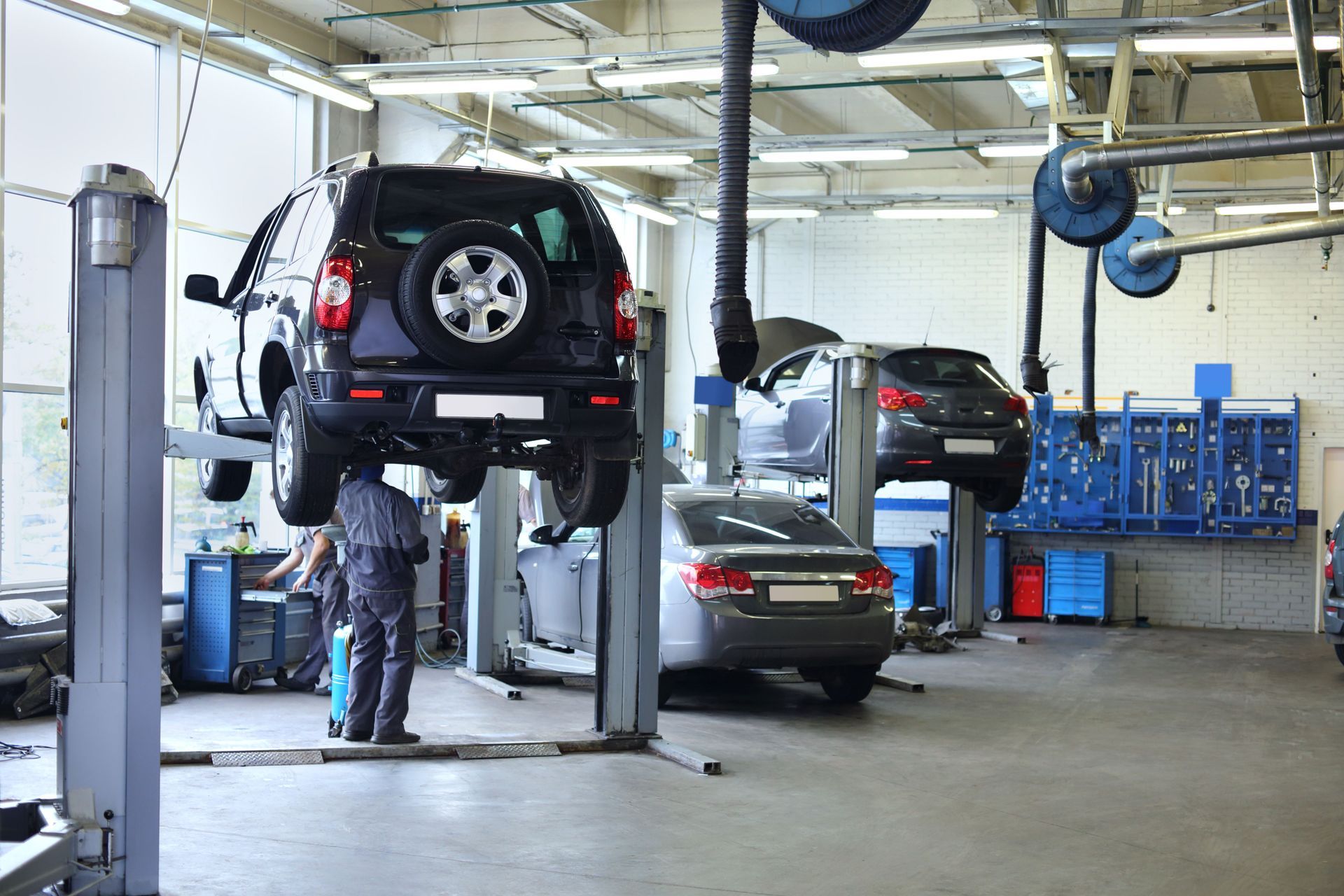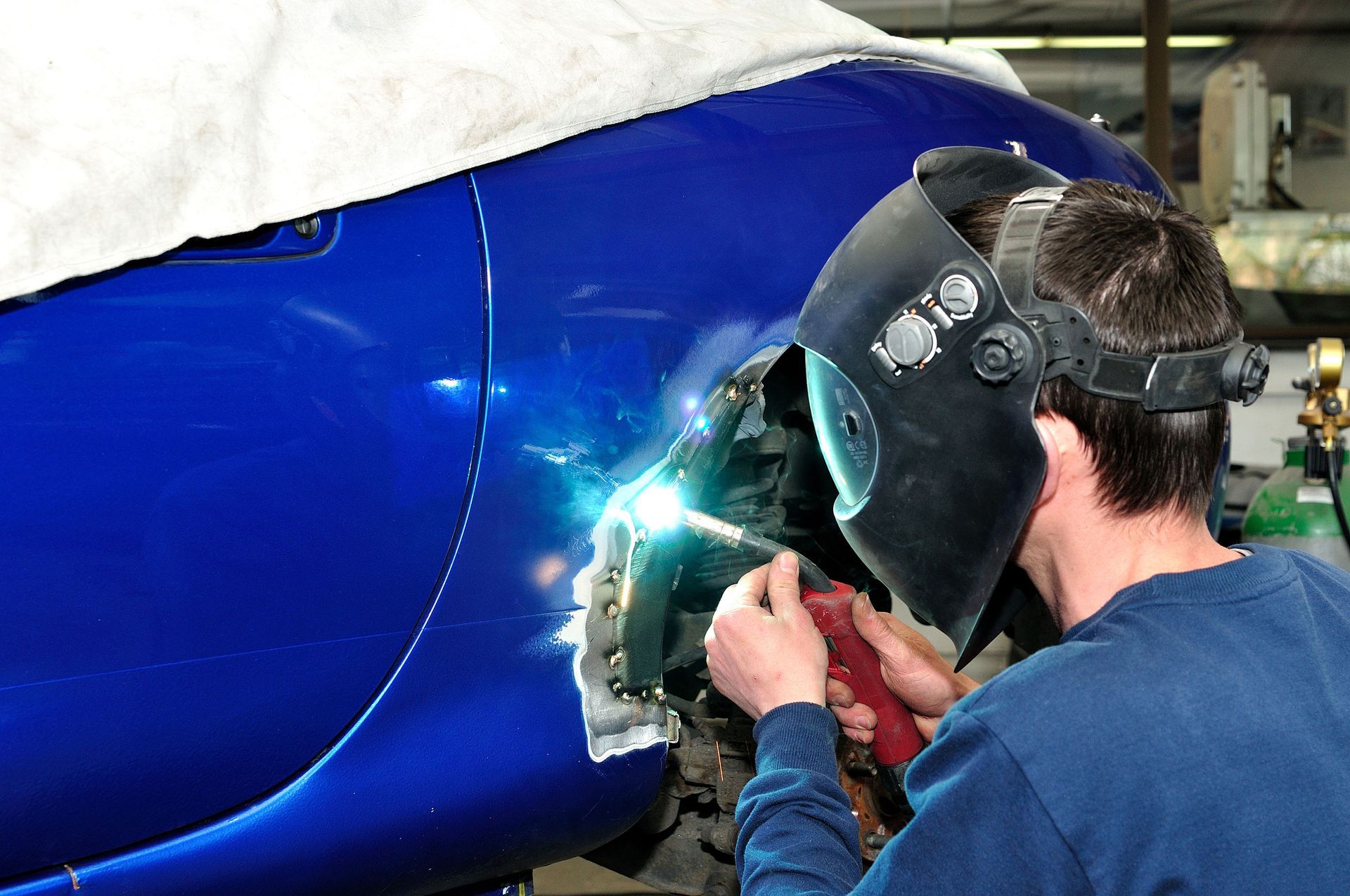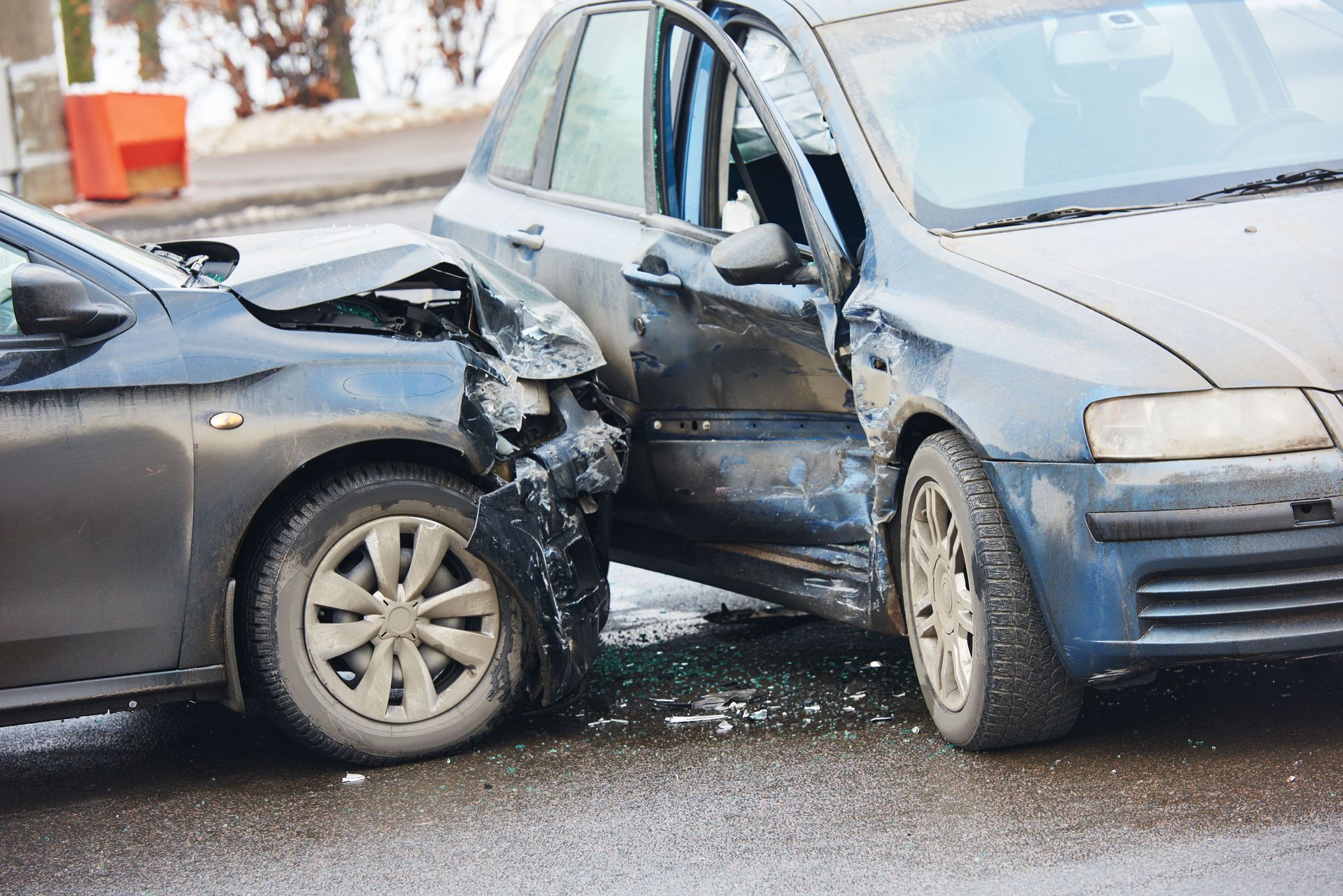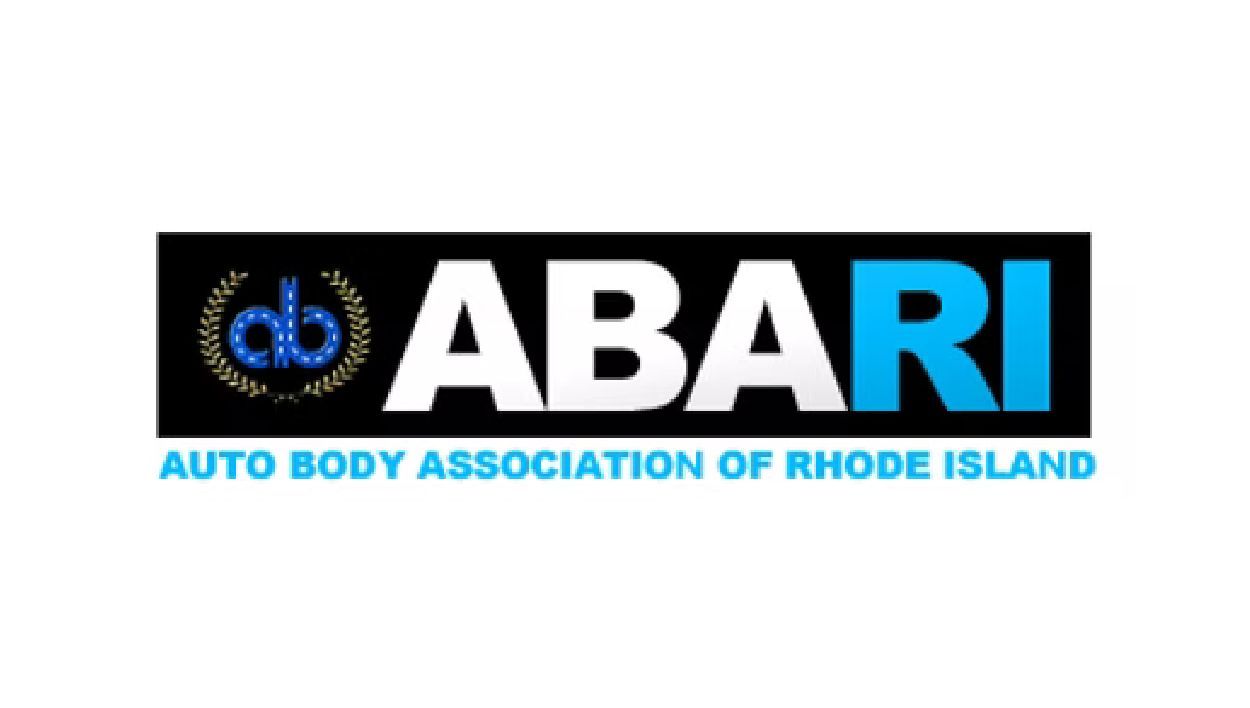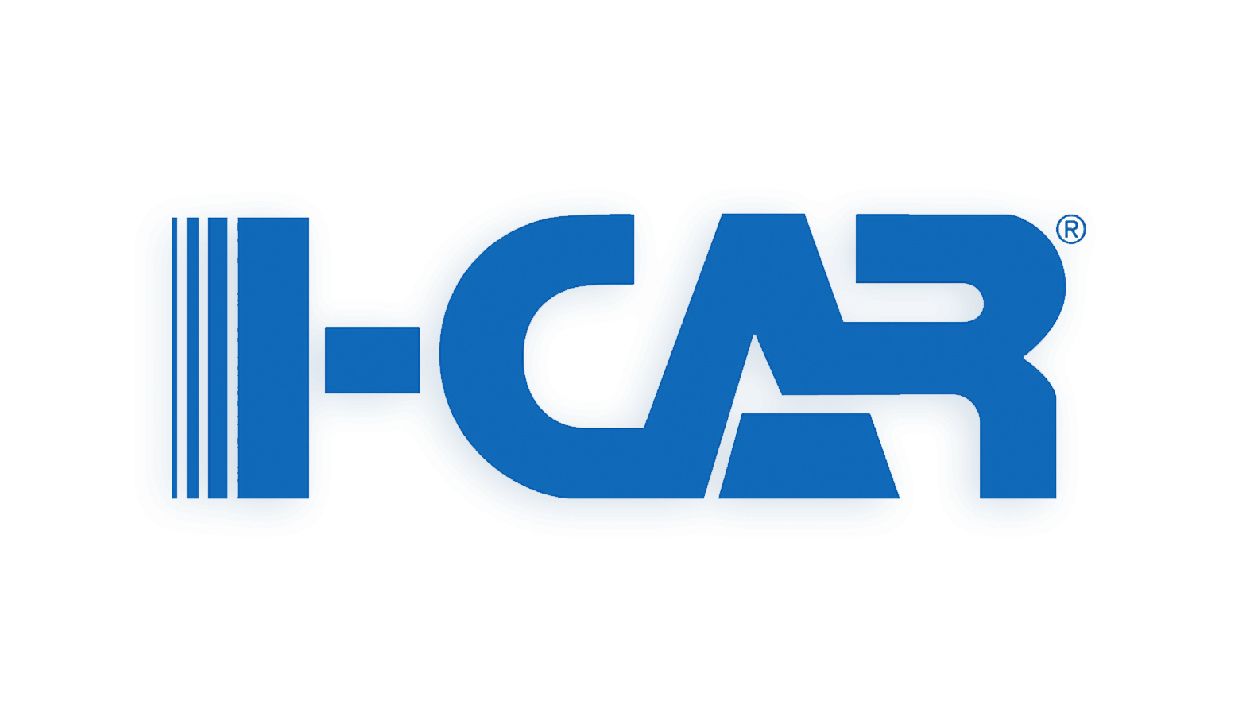June 13, 2024
While it may seem savvy to delay collision repair to save some bucks, you could be unknowingly setting yourself up for a bigger financial pitfall. The unforeseen repercussions aren’t just relegated to mere dents and scratches; they stealthily seep into the vehicle’s performance, efficiency and even your personal safety. Pack your preconceived notions about saving on auto repair costs as we unravel the hidden horrors of delaying collision repair that may eventually end up costing you much more than you anticipated! Prepare for a journey that will shed light on the silent killers lurking beneath those trivial-looking car damages, illuminating why time is indeed money when it comes to your vehicle’s health.
Delaying collision repair can lead to various hidden costs and risks. Some potential consequences include compromised safety features, hidden damages, longer repair times, nonoptimal performance, rust and corrosion, decreased resale value, higher repair costs, and possible insurance problems. It is crucial to address collision repairs promptly to avoid these long-term issues.
The True Cost of Delaying Collision Repair
Picture this: You’ve just had a minor collision with another vehicle. You feel fine, and your car seems to be running well enough. It may be tempting to save money and time by not getting it checked over by a professional immediately, but delaying collision repairs can lead to severe consequences.
Let’s say the fender was knocked off your car, but you decided to continue driving without fixing it because it seemed minor at first. Weeks or even months later, that seemingly slight damage has turned into a more significant issue and now costs far more than it would have if you’d gotten it repaired earlier.
It is essential to address these seemingly insignificant issues as soon as they arise before they progress into larger problems.
Deterioration of Vehicle Parts
- Delaying collision repairs can compromise safety features and lead to longer and costlier repairs in the future. This is because damaged parts can cause a “ domino effect ,” where postponing repairs for one component leads to wear and deterioration in other adjacent areas. In some cases, crucial safety features like the suspension system, brakes, or steering wheel can be impacted, posing an immediate risk to road safety. Regular maintenance of your car is essential to keep things working optimally, just like going to the gym requires regular attention. Delaying repair work can result in corrosion or rust that spreads beyond the point of repair, which insurance companies consider to be a total loss. Poorly repaired vehicles also adversely affect their resale value, causing longer-term impacts. Waiting too long to get repairs done after a collision can result in additional charges and fees from insurance companies for neglecting prompt repair work. Therefore, it is important to address even minor damages promptly to avoid escalating costs and potential safety risks.
Hidden Physical Dangers
When it comes to delaying collision repairs, there’s more at stake than just aesthetics. Even seemingly minor damages can harbor more significant issues and lead to hidden physical dangers. A small fender bender or a cracked windshield can affect the performance of your car in unforeseen ways. Additionally, leaving damages unchecked can become a potentially costly disaster in the long run.
For instance, a damaged bumper may seem harmless but leaving it unrepaired could cause it to fall off while driving, leading to severe accidents that could otherwise have been prevented. A visibly small crack on a windshield may seem negligible, but it puts its occupants at greater risk of injury in an accident as the glass is more prone to shatter under impact.
Safety Risks of Unresolved Repairs
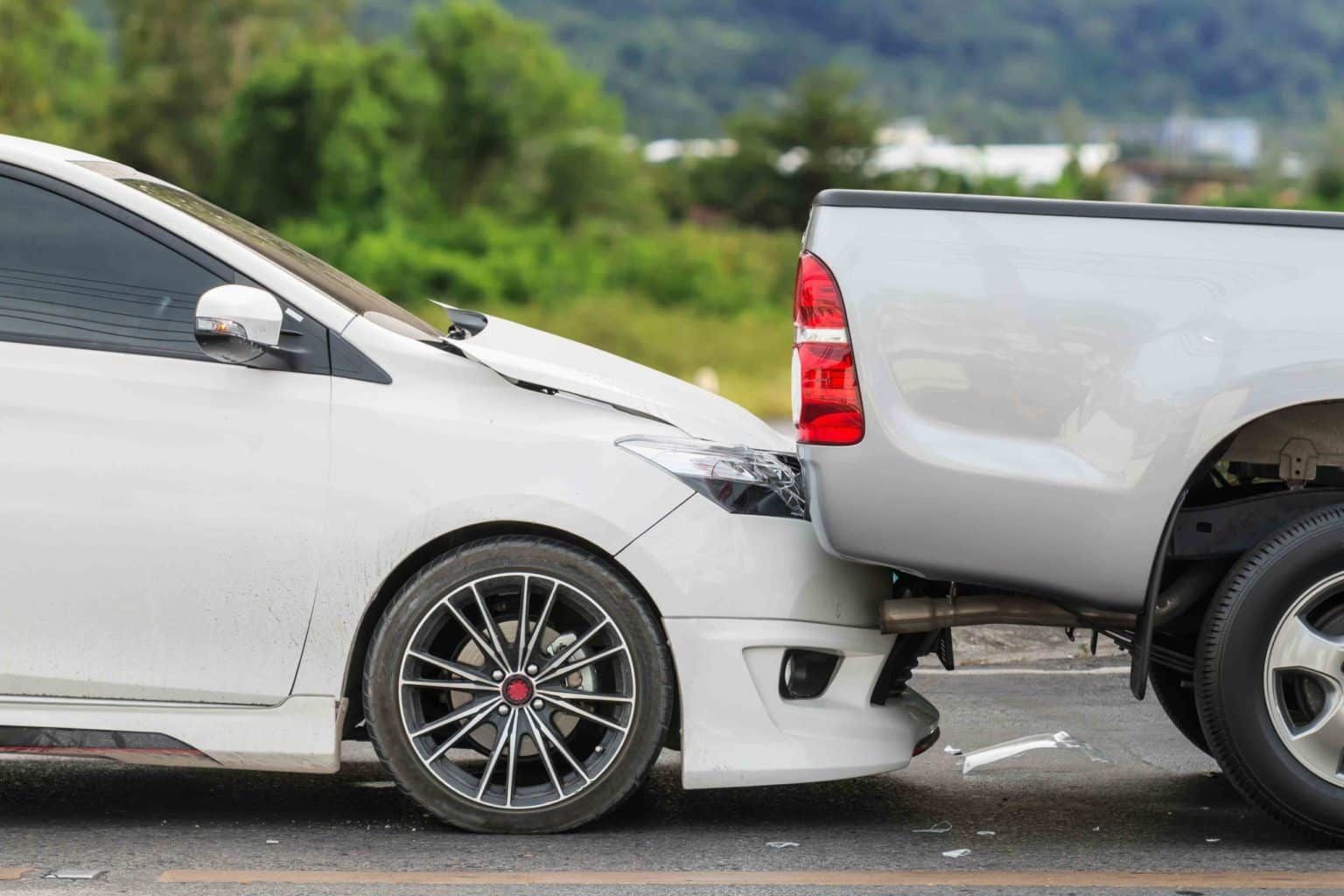
Delaying collision repairs can lead to safety risks that far outweigh the benefits of postponing fixes.
Immediate risks include the compromise of safety features such as seat belts and airbags that significantly increase the likelihood of serious injuries or fatalities. Similarly, failing to attend to critical repairs like frame damage or tire alignment can also put drivers and passengers at tremendous risk while on the road.
Moreover, apart from compromising safety, delaying repair work often leads to further damages, which will take longer and result in higher repair bills than they would if fixed promptly.
Delaying repairs doesn’t just impact safety; it affects insurance claims as well.
Insurance Implications of Delayed Fixes
When it comes to car accidents, even minor ones can cause damage to the vehicle. Therefore, it’s important to get immediate repairs to ensure driver and passenger safety. However, some people may delay collision repairs for various reasons. This can lead to hidden damages, putting drivers at risk while driving. In this section of the article, we’ll discuss the insurance implications of delayed fixes.
If you’ve had an accident, your insurance provider will advise you to take your vehicle to a collision repair shop immediately after filing the claim. Waiting longer than necessary could impact your chances of receiving compensation from the insurer. Insurance companies usually have specific deadlines within which repairs should be completed, failure of which could affect payment.
In addition, delaying collision repairs can result in additional damages that were not initially noted in the initial inspection by the insurance adjuster. The longer the delay in making these fixes, the higher the probability of discovering hidden additional costs that your insurance provider won’t cover.
Delayed collision repairs have timeframes that differ depending on individual circumstances, such as the availability of the repair and the severity of the damage. It’s therefore important to know what frequency of estimates and timeframes are required for timely repairs.
Frequency of Estimates and Timeframes
When you submit an insurance claim for collision-related car damage, the insurance company will typically send out an adjuster to assess the damage on the spot or schedule an appointment at a repair facility they have pre-approved.
After inspecting your vehicle, an estimation is created for repair costs. A second estimate might be necessary if you decide to use a facility other than the one your insurer suggests or if you modify that estimate before choosing their recommended shop.
Once every variable has been considered, including severity of damage and availability of parts requiring replacement or structural fixes, which typically takes around three days, each estimation should indicate time frames for the duration of repairs.
To give you an illustration, let’s take an example of two similar car accidents with different delays in repair; one was repaired promptly, and the second was delayed due to parts unavailability. The car that was repaired promptly only had a small bump in its front bumper; the driver immediately took it to a reliable collision repair shop . After just three days, the car was fixed and back in driving condition. However, the other driver waited five weeks before finally fixing the same type of damage due to unavailability of parts.
Has the severity changed? No. However, that second driver missed out on at least a month of driving their car and likely paid more due to further damages incurred while waiting for repairs.
Comparative Costs: Immediate vs Delayed Repairs
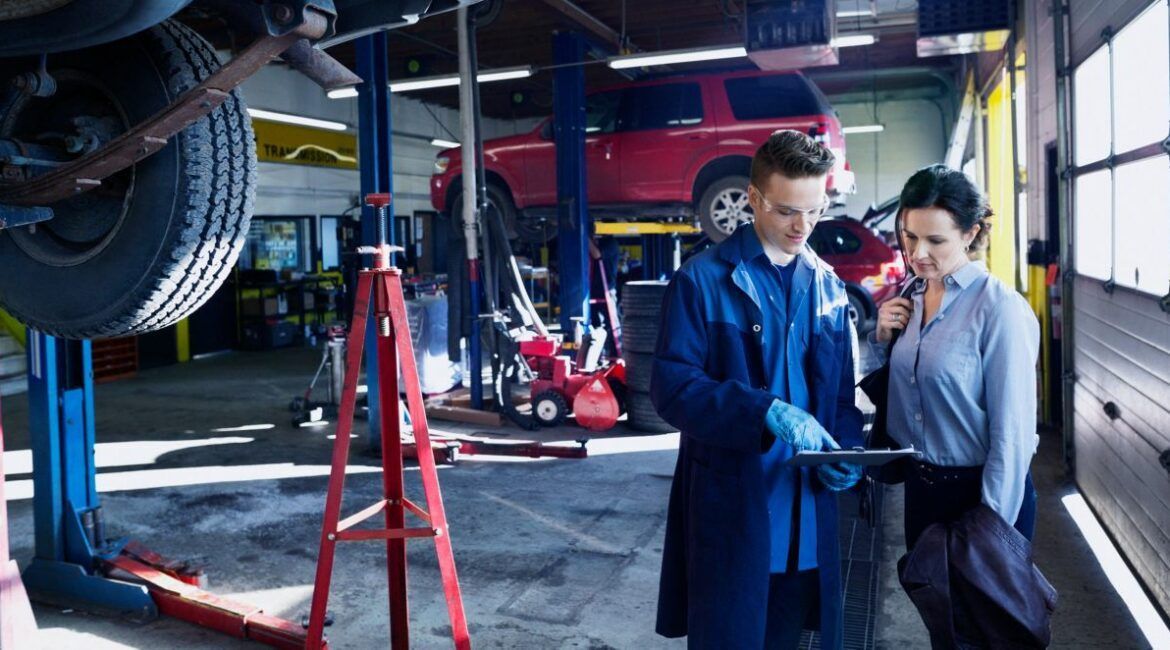
When a vehicle is involved in a collision, the first thought is often, “How much will it cost to repair?” However, many do not consider the long-term repercussions of delaying repairs or opting for cheaper and quicker fixes. Immediate repairs might seem more costly upfront but could be more cost-effective in the long run than delayed repairs.
Let’s say, after a collision, you choose not to immediately take your car for repairs. A damaged part that isn’t fixed could compromise your vehicle’s safety features, making it unsafe to drive. Driving with compromised safety features increases your risk of getting into another accident or delays in reaction time during any sudden critical circumstance.
Moreover, further damages or issues related to the original damage can amplify due to the neglect of timely repair. These long-term issues include rust and corrosion, decreased resale value of the vehicle, and higher repair costs in the future.
Delayed repairs also mean increased downtime without a car. It can also have implications for insurance if it exceeds the deadline they provide to repair broken vehicles in their settlement clauses.
Some might argue that delaying repairs can save on immediate costs. However, by doing so, you run the risk of exacerbating whatever problem there was in the first place. Additionally, ignoring necessary maintenance over time can result in multiple problems accumulating due to compounding effects.
Therefore, choosing immediate repairs might seem like an expensive option at first glance. However, delaying repairs can ultimately prove more expensive than going for the prompt repairs needed after a collision. Hence, frequent maintenance inspections can spot potential problems early and fix them before they turn into severe complications.
Act Now to Avoid Hidden Costs: Trust Ken Rocha Collision for Your Collision Repair
Delaying collision repair can lead to escalating costs and further damage to your vehicle, making timely action essential. At Ken Rocha Collision , we understand the importance of addressing repairs promptly to prevent these hidden expenses. Our expert team is dedicated to providing high-quality collision repair services that restore your vehicle’s integrity and value. Don’t wait until minor issues become major problems. Contact Ken Rocha Collision today to schedule your repair and ensure your vehicle remains safe and reliable.
The post The Hidden Costs of Delaying Collision Repair: Why It May Cost More Than You Think appeared first on Ken Rocha Collision.

